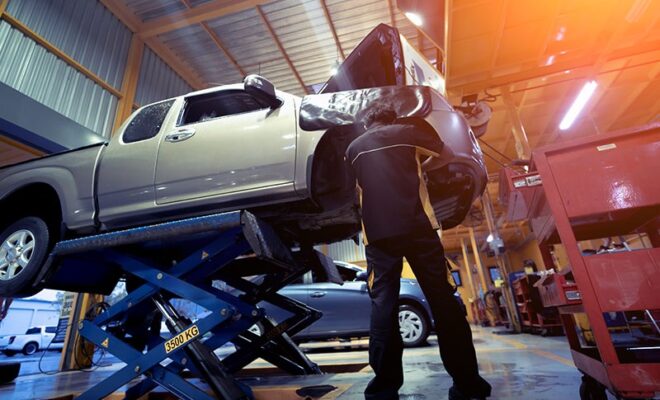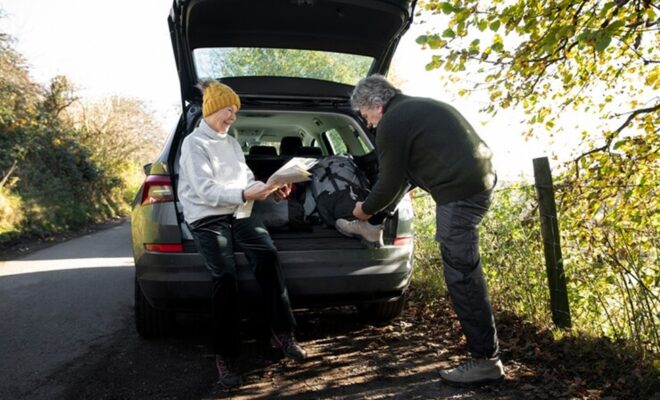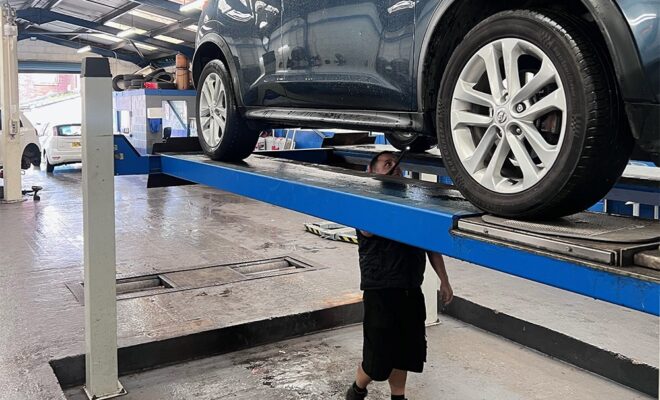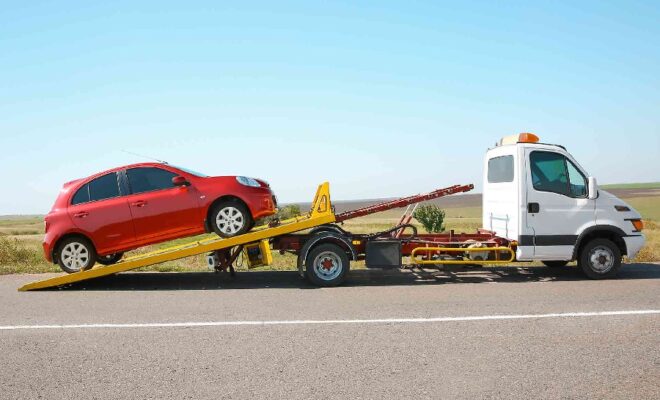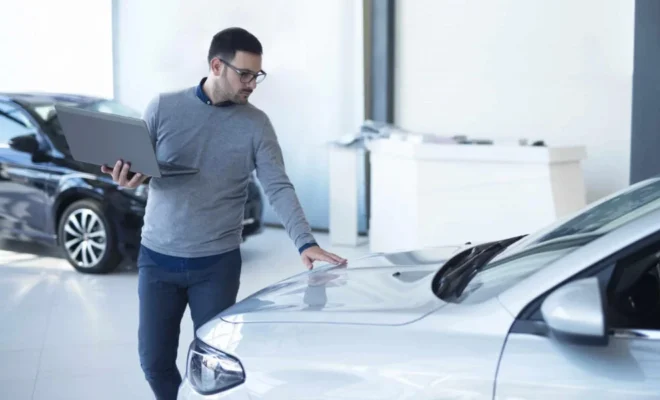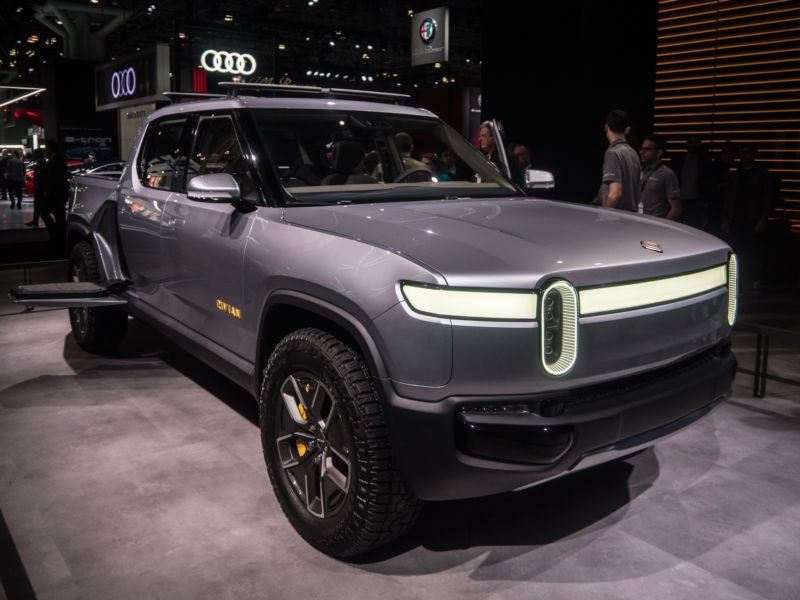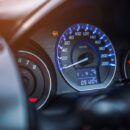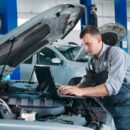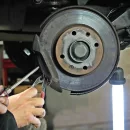The Effects of UV Damage on Automobile Headlights

Headlights are crucial for safe driving, particularly in inclement weather and at night. But over time, exposure to sunshine can seriously harm headlights, decreasing their efficacy. One of the main causes of headlamp lens yellowing, weakening, and cloudiness is UV (ultraviolet) radiation from the sun. Professional services offering Auto Repair in Newport, RI can help restore or protect your headlights from UV damage, ensuring clear visibility and safer driving conditions.
The Impact of UV Rays on Headlight Lenses
Polycarbonate plastic is frequently used to make headlight lenses because of its strength and low weight. Despite its durability, polycarbonate is UV-sensitive. The plastic’s molecular structure is broken down by prolonged exposure to sunshine. This causes the lens to become hazy, yellow, and lose its clarity. Dimmer headlights and less road visibility result from the lens scattering light rather than focussing it as it gets cloudy.
Indications of UV Damage to Automobile Headlights
Your headlights may exhibit multiple obvious symptoms of UV damage. These include surface cracks or peeling, a hazy or milky appearance, and yellow or amber discoloration. Usually beginning slowly, this kind of damage gets worse with time, especially if the car is frequently left outside in the sun. Diminished illumination from fading headlights might jeopardize night-time driving safety and raise the possibility of collisions.
Effect on the Safety of Driving
UV degradation has actual safety implications in addition to affecting how your headlights look. The amount of light that is projected onto the road is decreased by cloudy or discoloured lenses, making it harder to notice road signs, pedestrians, and objects. Collisions may become more likely as a result of this poor visibility.
Avoiding UV Damage
Thankfully, headlights may be protected from UV damage. A UV-protective film or coating for automotive headlights can shield the material from UV radiation. Regularly cleaning and waxing headlamp lenses blocks UV radiation. Parking your car in the shade or using a car cover when leaving it for a lengthy time will also reduce solar exposure.
Headlight Restoration and Repair for UV Damage
Most of the time, you can fix headlights that have been damaged by UV light. To get rid of stains and improve clarity, professional headlight restoration includes sanding, polishing, and coating. There are do-it-yourself kits available, but treatments done by a professional generally work better and last longer. After being fixed up, your headlights will stay safe with regular care.
Conclusion
UV degradation, a common yet overlooked issue, can affect your car’s headlights’ functionality and safety. Early detection and prevention can protect your headlights from sun damage and keep them bright for safer driving. Despite sun exposure, headlights need frequent cleaning, protective coatings, and professional repair to stay in good condition.

